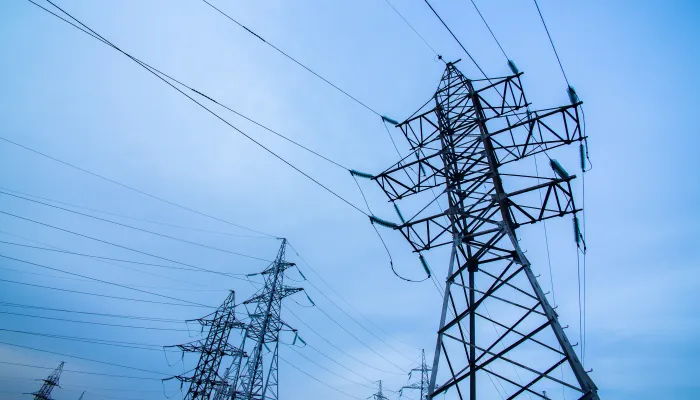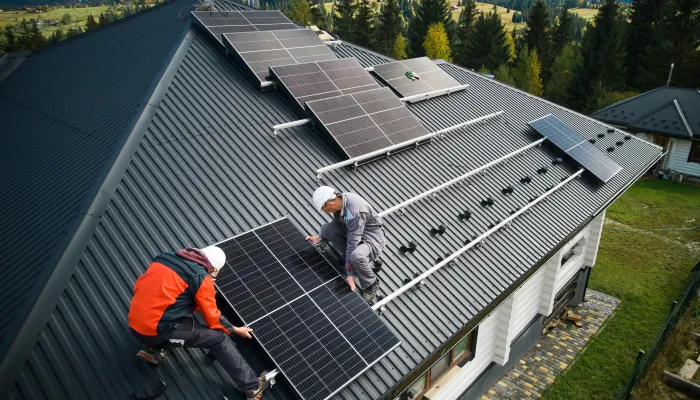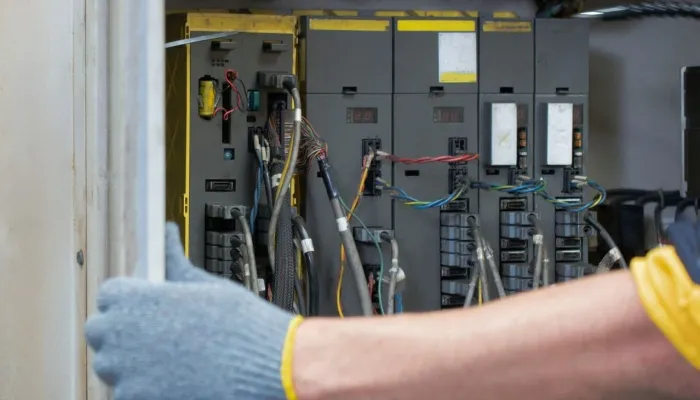TIGON, hybrid microgrids to boost the energy transition

Most of the current power grid infrastructure is based on alternating current (AC), as it is more straightforward to step up the signal to high voltages during the transmission stage. However, with the rise of renewable energy sources, which tend to be generated and used locally, there is a shift away from the centralized power grid management model.
Most of the popular renewable energy sources generate direct current (DC) output, either directly or through a power converter. Since they are intermittent, their energy needs to be stored in batteries, which also use DC.
Additionally, most modern electrical equipment such as laptops, mobile phones, and LED lighting operate on DC. This raises the question: how do we utilize the legacy alternating current (AC) grid infrastructure while generation and consumption are increasingly DC-based?
The TIGON project, part of the European Horizon 2020 research program, aims to develop a business model for advanced hybrid microgrids.
Solutions in two medium and low voltage microgrids in France and Spain
New technologies can enable local direct current (DC) infrastructure to better integrate renewable energy sources and store electricity. Over four years, the international TIGON team will develop a set of flexible software and hardware solutions and demonstrate them in two medium and low voltage microgrids in France and Spain.
“Laying the foundations for the operation of DC power grids is a significant technological challenge. Thanks to the cooperation within the TIGON project framework, we will install various renewable generation sources, storage systems, and the necessary equipment (transformers, converters, etc.) at CEDER-CIEMAT, which will be connected to a DC grid to test their operation and study their feasibility," explains Oscar Izquierdo, Senior Research Technician at CEDER-CIEMAT (project demonstration partner).
The two demonstration microgrids will integrate solar energy, energy storage systems, electric vehicle charging points, and other DC loads using high-efficiency grid technologies such as solid-state transformers, DC/DC converters, and energy management systems. Their modular characteristics and replication analysis will provide a roadmap towards the widespread and viable deployment of DC architectures, allowing for a greater proportion of renewable energy sources in power systems.
Experts from across Europe for the improvement of hybrid grids
The project team consists of experts from Belgium, Bulgaria, Finland, France, Greece, Italy, Spain, and Portugal. Among them are technology developers, research centers, industrial companies, and universities. In addition to the innovative conversion technologies, the team will also establish and test WAMPAC systems, or Wide Area Monitoring, Protection, and Control systems, as a means to ensure the stability and security of hybrid grids.
"TIGON is an exciting opportunity to provide tools and establish the structure for the energy distribution grid of the future," says the project coordinator Jesús Muñoz, a PhD in power electronics from the Spanish research center Fundación CIRCE.
Moreover, two institutions—the Sofia Metro in Bulgaria and the town of Naantali in Finland—will apply the results obtained in the demonstration cases, acting as market niches to test the replication potential. The TIGON initiative is part of the European Union's broader policy to build a low-carbon, climate-resilient future.






